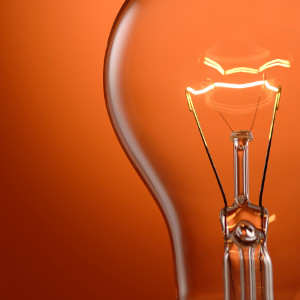Global generating capacity rose from approximately 180 GW in 1938, to 212 GW immediately following the end of the Second World War, and then to 4,519 GW in 2007.
Global capacity is forecast to reach 5,955 GW in 2020. Two regions which enjoyed the fastest rates of growth in the 1950s were the Middle East
(237%) and North African Mahgreb (227%), followed closely by the USSR (202%). The first two were starting from very small bases, 305 MW and 581 MW respectively, while the USSR made a huge effort to reconstruct and industrialise after the ravages of the Second World War.
In terms of volume the greatest expansions were in North America (134 GW) and Europe (79 GW). The 1960s set the pattern for the next two decades. Between 1960 and 1970 the industrialised countries added huge amounts of capacity to their systems. North America added 197 GW, Europe 152 GW, and the USSR 99 GW. In this decade Asia started its rise, adding 98 GW. Of this 46 GW were in Japan, taking it to installed capacity of 68 GW by 1970 and making it the third largest electrical country, after the two super-powers, the USA (360 GW) and the USSR (166 GW). In 1970 installed capacities in today’s developing giants were comparatively small, China (24.2 GW), India (16.3 GW), Brazil (11.2 GW) and Mexico (7.3 GW) had comparatively small capacity.
In the 1970s the USA added an enormous 319 GW, which only surpassed by Asia after 1990. Europe added another 194 GW, the USSR 101 GW and Asia stepped up the pace, adding 181 GW. 76 GW of the Asian expansion were in Japan, but China started its rise with 42 GW added. Although the amounts were small the tiger economies of East Asia started their progress, with Hong Kong, Singapore, Taiwan and South Korea all tripling their levels of global generating capacity during that decade. In South America Brazil achieved a similar expansion, with installed capacity increasing from 11.2 GW in 1970 to 33.4 GW in 1980.
After 1980 Asia lead the way, with additions of 237 GW between 1980 and 1990. China, with 68 GW overtook Japan in rate of growth with 51 GW, although Japan’s installed base of 144 GW still exceeded that of China’s 66 GW. India added 39 GW and Brazil 20 GW. For the first time Europe with additions of 188 GW overtook North America which started to slow the pace with 137 GW added.
In the 1990s the pattern continued. As the industrialised countries were reaching maturity, North American growth slowed to 104 GW and Europe to 74 GW, although Japan continued to grow fast, adding 60 GW. In this decade the developing world moved ahead, Asia adding 403 GW, 177 GW in China and 41 GW in India. Latin America added 52 GW and the Middle East 46 GW, lower figures but indicative of the acceleration to come. The East Asian smaller economies continued their progress, South Korea adding 30 GW and Taiwan 14 GW. It was in this decade that the ASEAN countries started to consolidate their positions,
If you are looking for historical Energy Data contact NRG Expert at – info@nrgexpert.com






